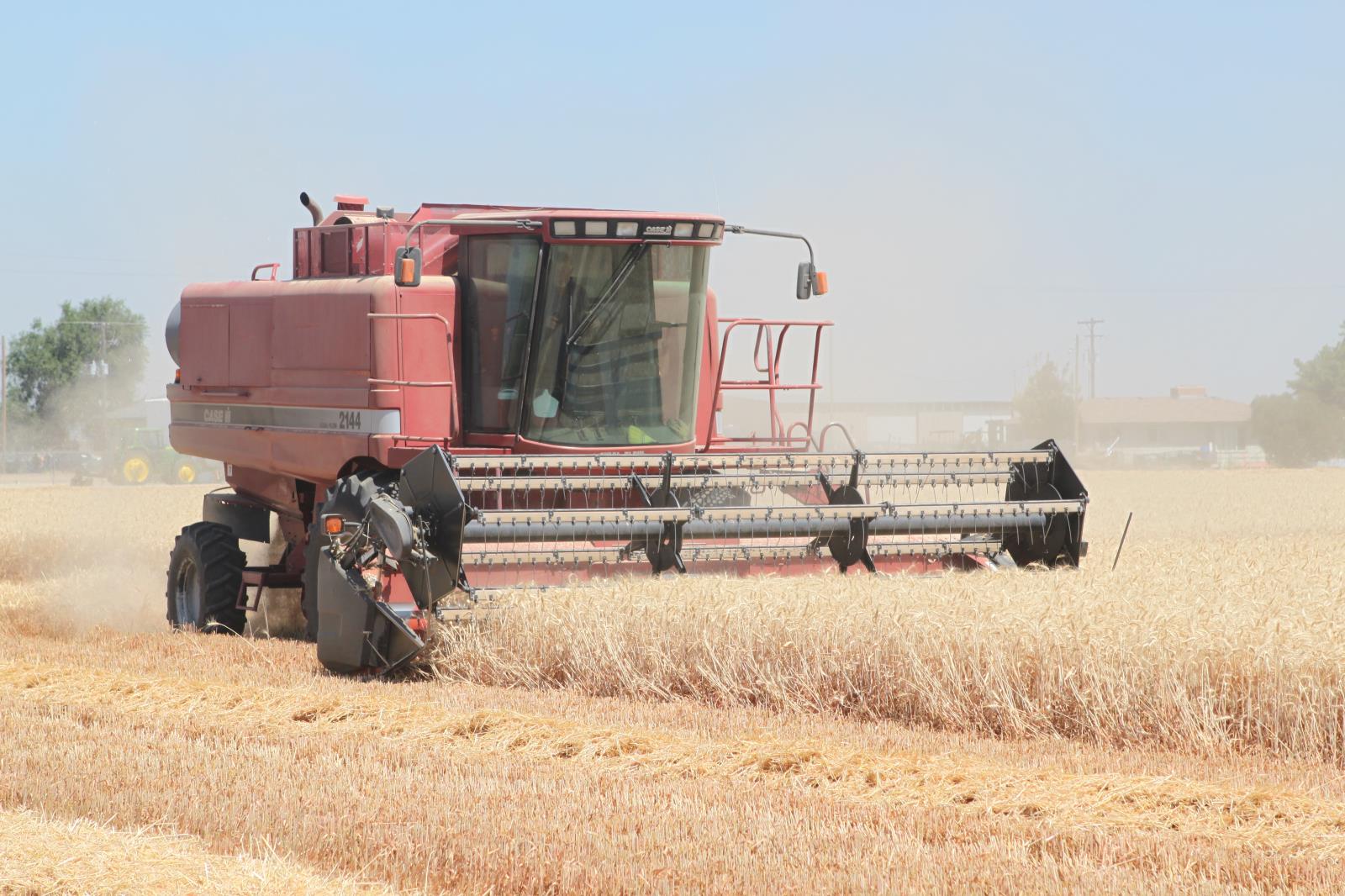U of I researchers updating barley, wheat production guides

By Sean Ellis
Idaho Farm Bureau Federation
POCATELLO – University of Idaho researchers are working to update their Idaho barley and wheat production guides, which are four decades old.
To obtain the data necessary to do that, they are asking growers to fill out a survey that will help the researchers better understand the current farm management practices being employed by small grain growers across the state.
The survey results will help UI researchers identify regionally common management practices of small grain growers and use that information “as a baseline for updating the barley and wheat production guidelines,” said UI barley agronomist Jared Spackman, who is leading the effort.
He said the current guidelines come mostly from the 1980s. Since that time, “Our varieties and management practices have changed, so we really need to update those production guidelines.”
As the team of UI researchers updates the guides, they want to be sure to include information that is most relevant to farming operations in Idaho by learning more about the management practices used on the farm, said Spackman.
By filling out the survey, farmers “are helping us to better understand what current management practices they are using,” he said.
The survey was developed by UI researchers and funded by the Idaho Barley Commission and the university.
“Genesee” Joe Anderson, a north Idaho farmer and chairman of the Idaho Wheat Commission, said management practices have changed a lot since the 1980s and he thinks it’s a great idea to update the guidelines.
“Those guidelines were done 40 years ago and we have new varieties and new types of fertilizer out there that have the potential to change those guidelines,” he said. “Tillage systems have also changed since those guidelines were written and that changes the ability of soil to release some of its nutrients.”
Spackman said it’s hard to find the raw data that supported the guidelines and some of the fertilizer recommendations contained in them may have come from other states in the Pacific Northwest.
“We want to make sure our recommendations come from Idaho data from Idaho fields,” he said.
By gathering data from all regions of Idaho, researchers will also be able to develop specific recommendations for specific growing regions of the state, Spackman said.
“What somebody is doing in Aberdeen is going to be different than what someone is doing in Rockland,” he said of those two cities, which are only 31 miles apart but very different when it comes to growing conditions.
They survey also asks farmers whether they would be willing to collaborate with UI researchers in on-farm grower trials.
Spackman said updating the guidelines will require a lot of data and on-farm grower trials “is one way we could generate a lot of data quickly. That could really accelerate how quickly we get the data to be able to start making the new recommendations.”
In an on-farm trial, University of Idaho researchers would provide the protocols, technical expertise and statistical analysis while the grower would provide equipment, land and management.
These types of trials “would provide results reflective of actual grower conditions rather than just the small plot research trials at the (university’s) research and extension centers,” Spackman said. “This could be a really rapid way to update our production guidelines.”
He said the effort to update the production guidelines is an extensive and expensive one and will take some time.
“But it’s what we have to do if we really want to update the guidelines,” said Spackman, who added it will take about two years to generate enough data to begin making the new recommendations.
Spackman’s position is funded in part by a $1 million barley agronomist endowment funded by the Idaho Barley Commission.
Spackman, who grew up in Burley, began his new position in August.
“We’re very excited about the hiring of Jared Spackman; he’s highly qualified,” said IBC Administrator Laura Wilder. “He has a background in the right types of research that will help Idaho growers. He’s off and running and he has a lot of great ideas….”
Spackman said the data generated by the survey will help him in his future research efforts, in addition to the current project to update the production guidelines.
He said if he can better understand growers’ farm management practices, “I can better focus my research to meet those needs.”
Spackman said the survey will take about 1 to 1.5 hours to complete and it has nine sections: information about the farmer and their farm; farm management decisions and perceptions; soil and plant tissue testing; precision agriculture technology adoption; nutrient management; seeding and standability; irrigation; weed management; and disease and pest management.
A grower can take the survey on their computer or tablet using this link: https://uidaho.co1.qualtrics.com/jfe/form/SV_4UxkN7XOMxKuu7c
Farmers can also complete a paper copy of the survey. To obtain one, contact Spackman at (208) 844-6323 or by email at jspackman@uidaho.edu.
Still can't find what you are looking for? Find by topic:
- County Presidents & Board Information
- County Resource Page
- Delegate Form
- Discount Programs
- Discussion Meet
- Discussion Meet - High School
- Education Programs
- Events
- Excellence Award (YF&R)
- Expense Voucher
- Flickr
- Gem State Producer
- High School Discussion Meet
- High School Speech Contest
- Hope in Idaho Ag
- House of Delegates Credentials Form
- IFBF Board of Directors
- IFBF Staff
- Insurance
- Issue Advisory
- Legislative Action Program
- Legislative Issues
- Library
- MAC Trailer
- Magazines
- Map My Benefits
- Member Benefits
- Member Discount
- Membership Application
- Mental Health Resources
- Mission Statement
- Moving Agriculture to the Classroom
- Newsletter Sign up
- News Releases
- News Room
- Open Range Law
- Photo Contest
Thank You to Our Partners









